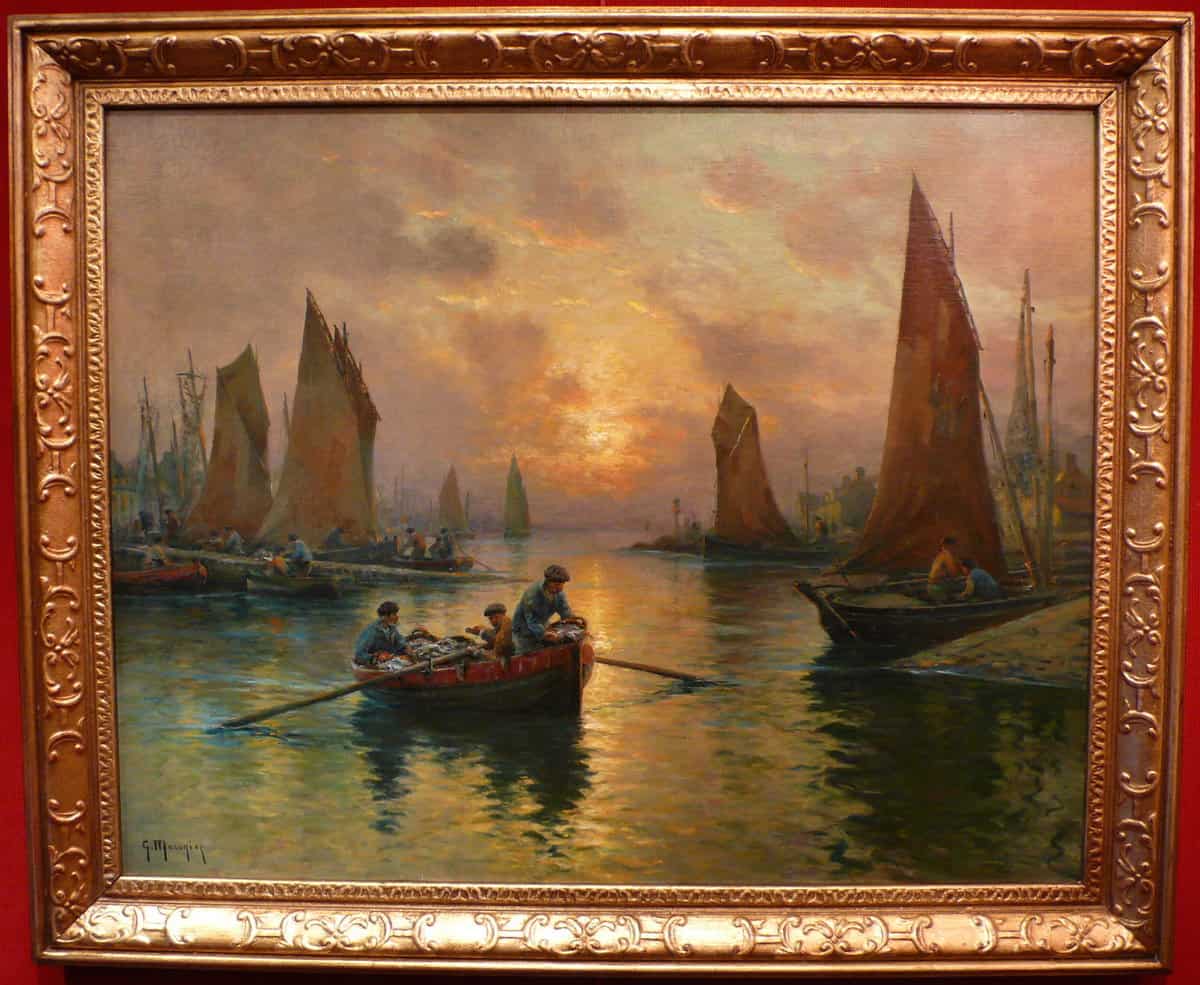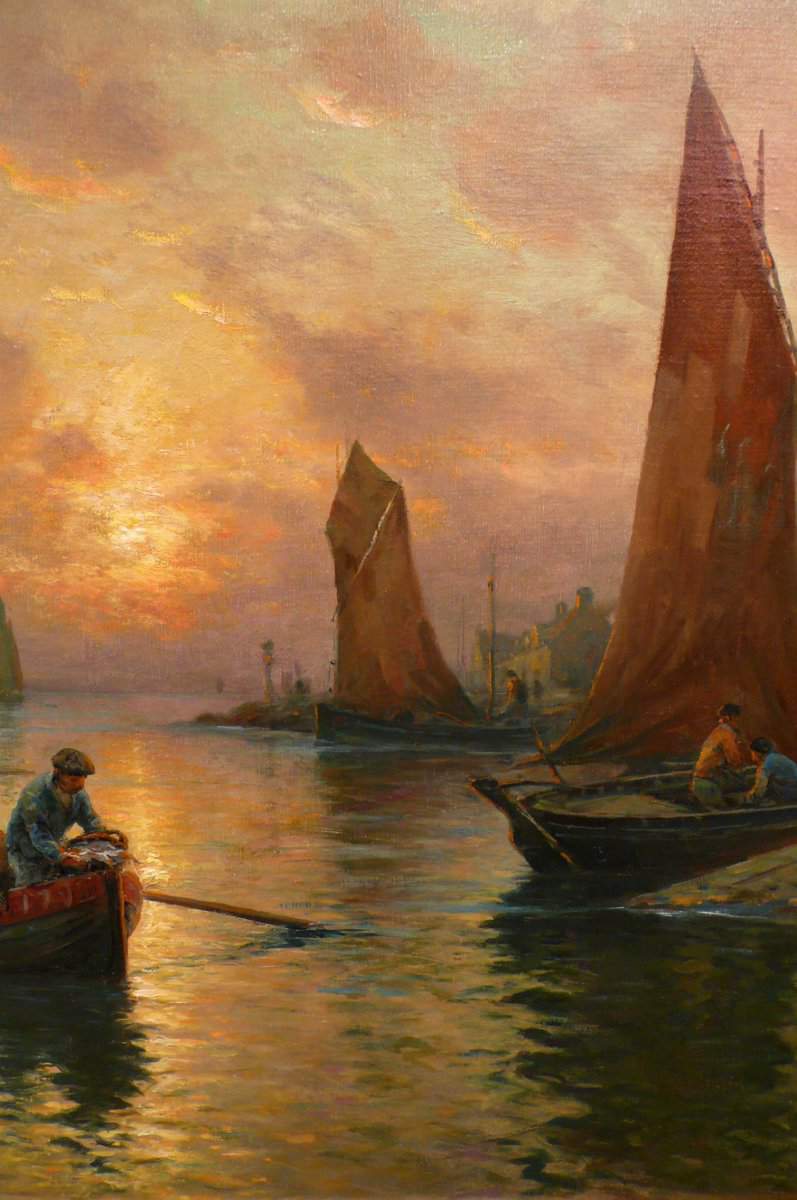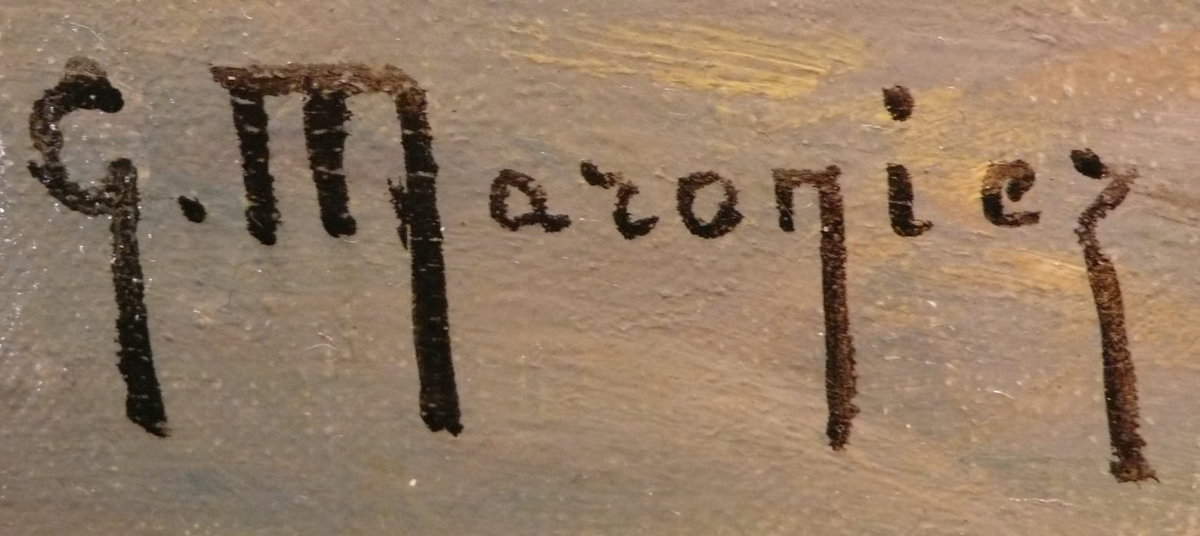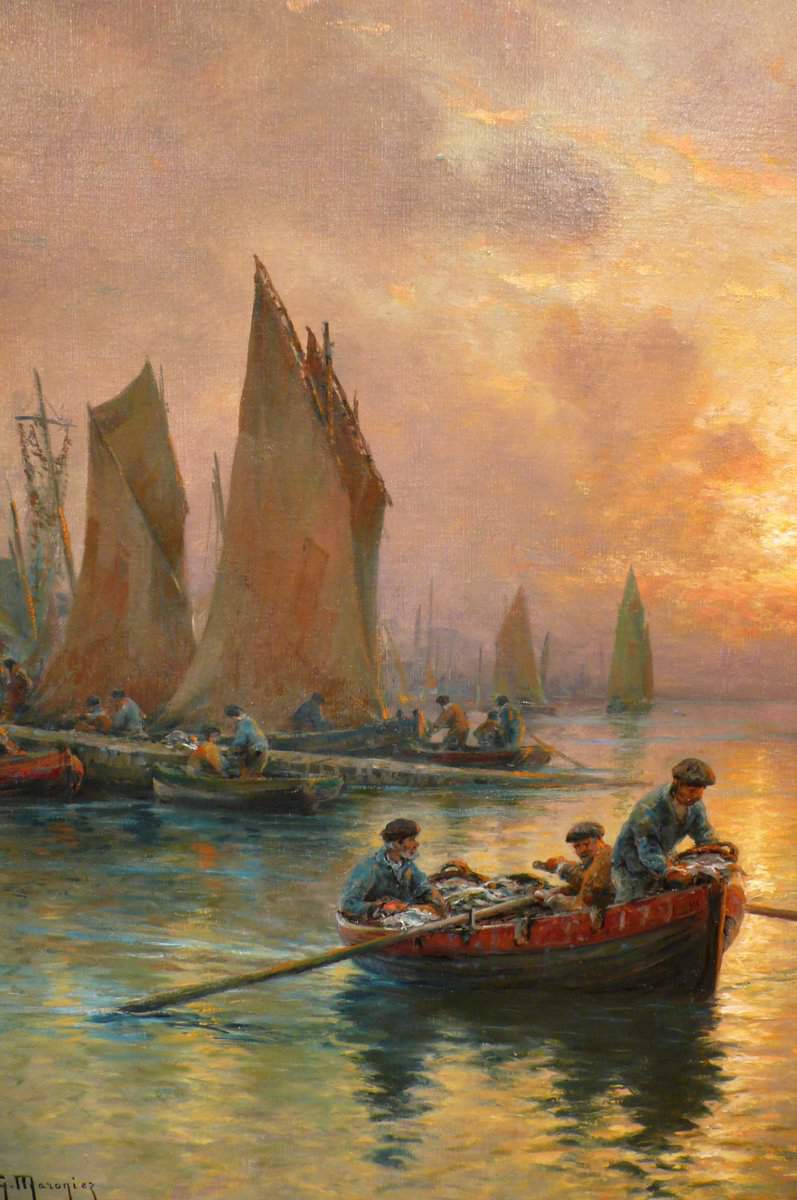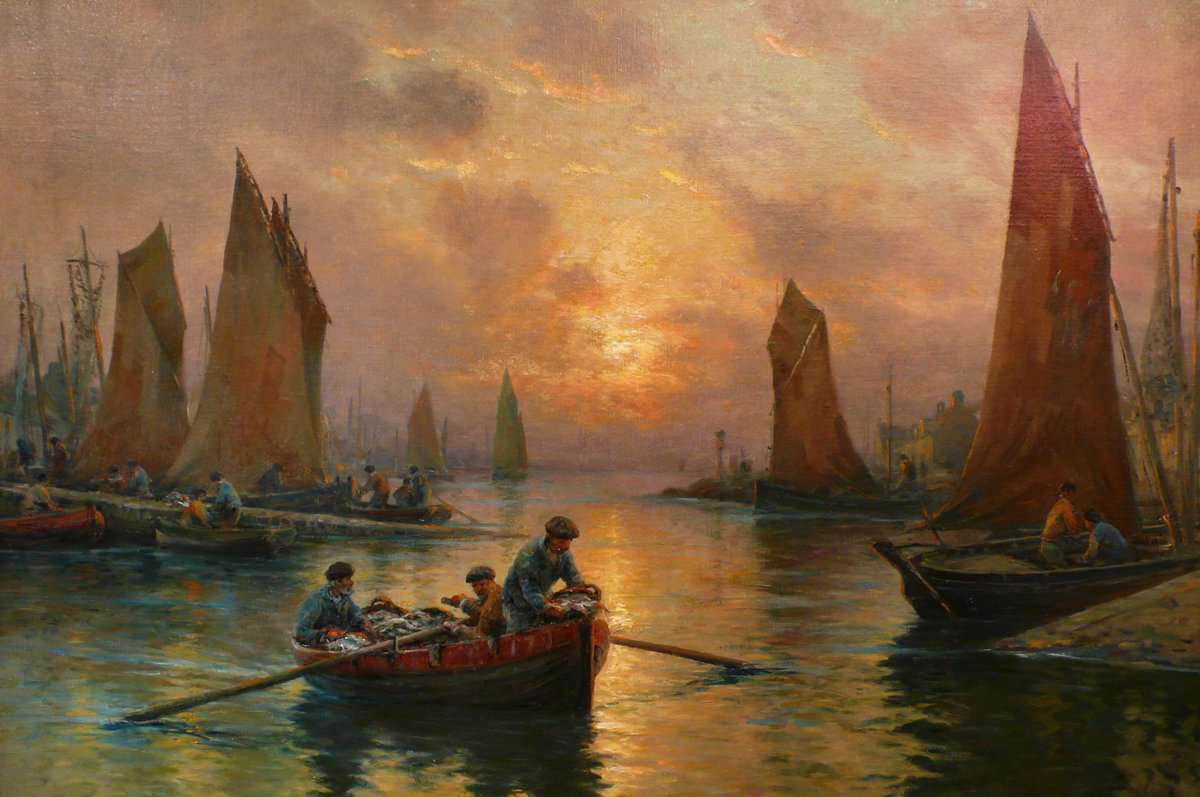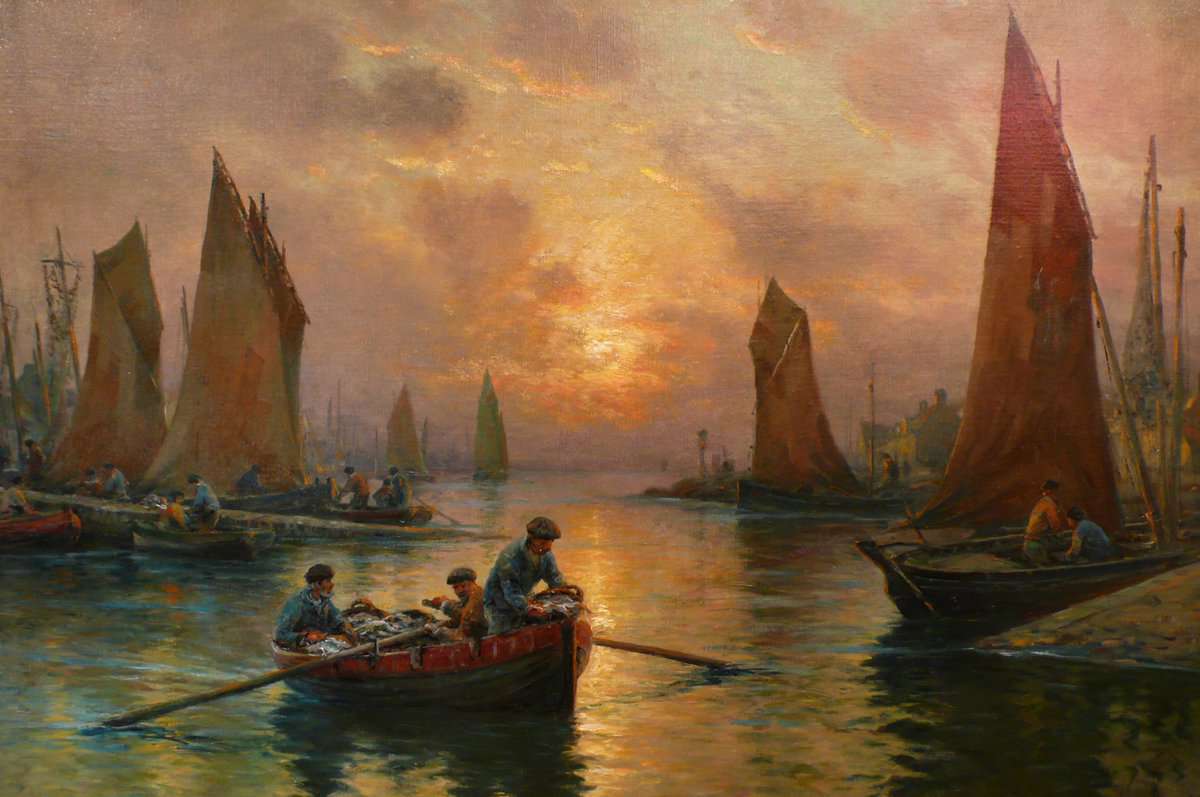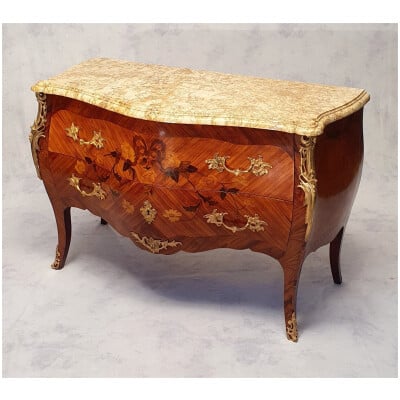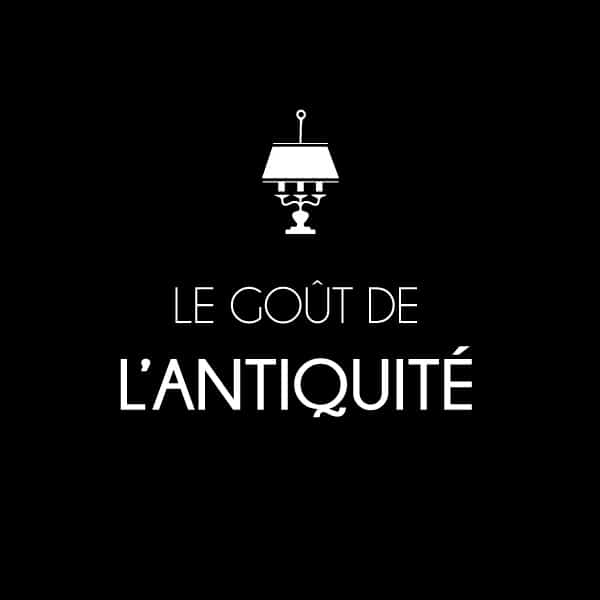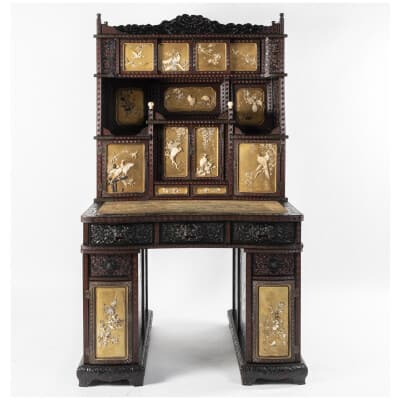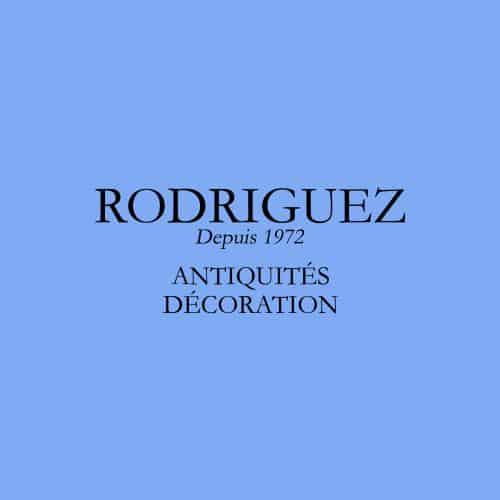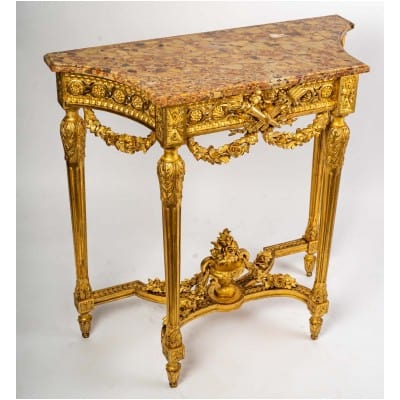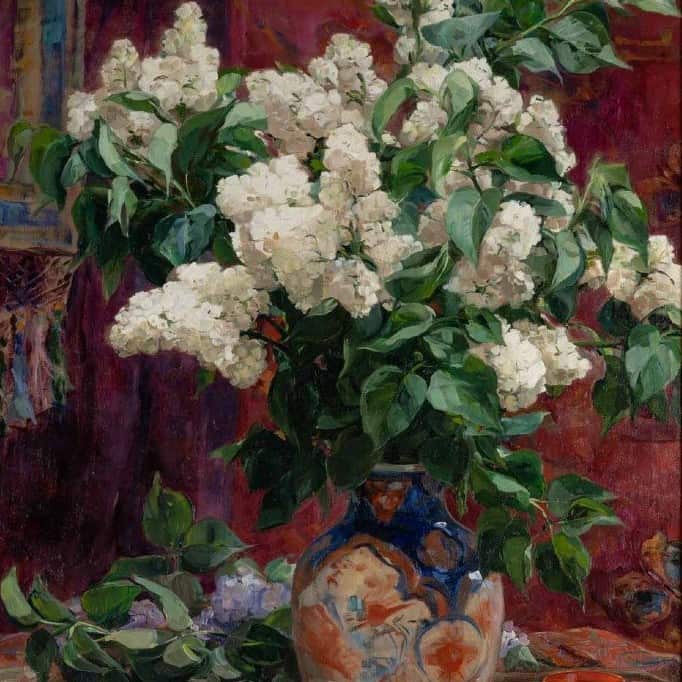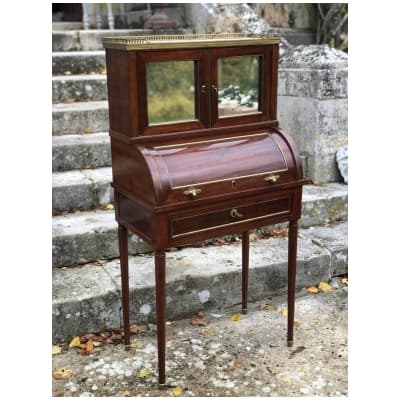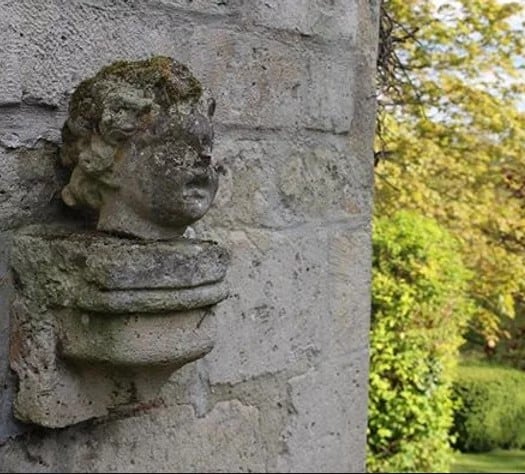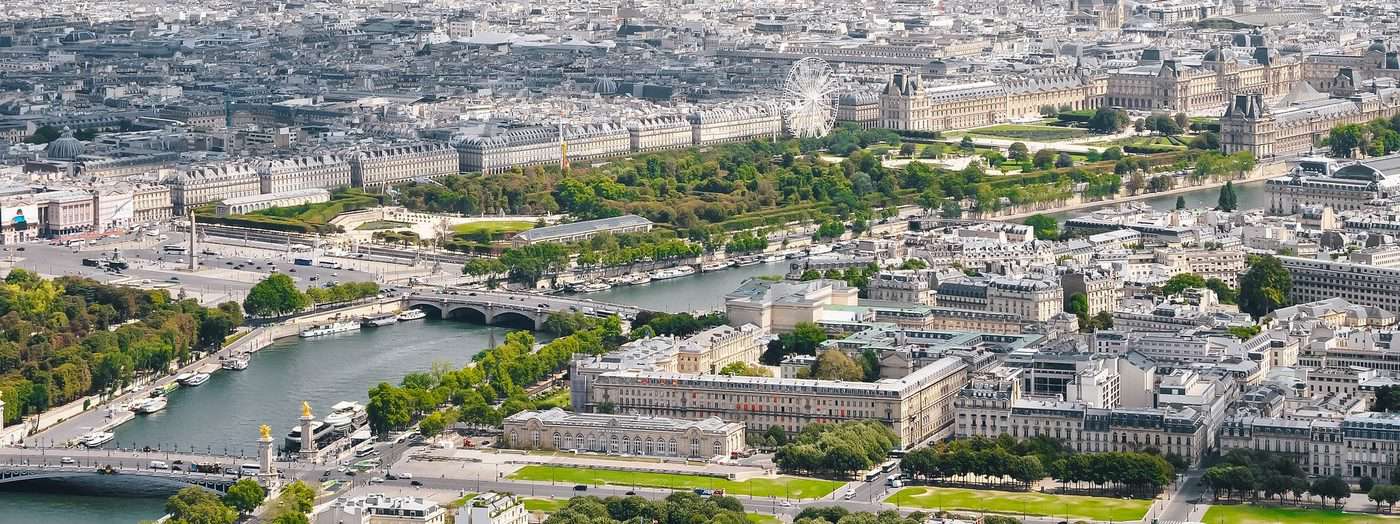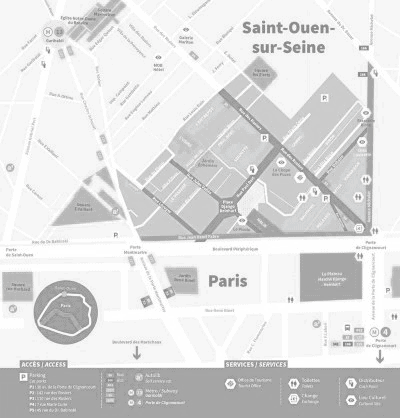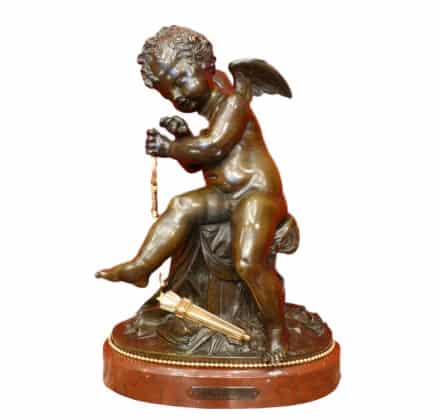
cATaLogUE Des PucEs
MARONIEZ GEORGES FRENCH PAINTING FINE XIXTH CENTURY THE RETURN OF THE FISHERMEN OIL ON CANVAS SIGNED
Availability:
IN STOCKMARONIEZ GEORGES FRENCH PAINTING FINE XIXTH CENTURY THE RETURN OF THE FISHERMEN OIL ON CANVAS SIGNED

MARONIEZ Georges (1865/1933)
The return of the fishermen.
Oil on canvas signed lower left.
65 / 81 cm
Certificate of authenticity.
Georges, Philibert, Charles MARONIEZ, born in Douai in 1865 and died in Paris in 1933, French painter.
Son of an industrialist, sugar manufacturer in Montigny-en-Ostrevent, Georges Maroniez showed very early a taste and gifts for drawing and painting. His father encouraged him but also asked him to study law, the profession of artist being little considered at the time. At the end of his studies, he began a career as a magistrate, successively in Boulogne-sur-Mer (1891), Avesnes-sur-Helpe (1894) and Cambrai (1897).
In parallel with the law faculty, he assiduously followed academic courses at the School of Fine Arts in Douai, and in 1880 became a student of Pierre Billet (1837-1922) in Cantin. There he met the painter Adrien Demont (1851-1928), son-in-law of the famous Jules Breton (1827-1906). On the advice of the latter, he presented his first painting at the Salon de Douai, then in 1887 in Paris Soleil couchant à Esquerchin.
On vacation in Wissant, he became friends with the couple Adrien Demont – Virginie Breton, with whom he discovered the coastal landscapes. Every summer for several years, around Demont-Breton, he will meet his Douais friends there: Fernand Stievenart, Henri and Marie Duhem, Félix Planquette. This is the time of the Wissant group. We will also talk about the Côte d'Opale school, including painters from Berck who were friends of the Demont-Bretons, one of the most famous being Francis Tattegrain (1852-1915). Thanks to the presentation and sponsorship of Adrien Demont, Georges Maroniez became a member of the French Artists in 1889.
An inventive spirit, curious and practical at the same time, he became interested in photography and invented a first hand-held camera, then a second even simpler one, the Sphynx, devices which he patented in 1891. The shots taken with this portable camera are invaluable to him for capturing scenes from the seaside: departure and return of fishermen, unloading of fish... scenes which he will then reproduce on canvas in the workshop. From his numerous trips to the Mediterranean (North Africa, Italy, Palestine, Egypt, etc.), he also brought back multiple photographs on glass plates. His creativity is constantly awakened, so he imagines and builds a cinematographic device working with Lumière film and in which the tremor of the images is eliminated, a device which he presented in January 1899 to the Photographic Society of Cambrai.
In 1899 in Cambrai he married Jeanne Dutemple; the couple will have three daughters, Germaine, Simone and Madeleine.
In 1905, the success of his painting and the consequences of the Combes ministry decided him to resign from the magistracy and devote himself entirely to his art. Mobilized in 1914, he was made a knight of the Legion of Honor in July 1918. His workshop was pillaged and his wife deported during the occupation of the North. The Maroniez family settled in 1919 in Paris, rue d'Aguesseau.
Now inspired especially by Brittany, the painting of Georges Maroniez is very appreciated in France and abroad; He died of a heart attack in Paris on December 11, 1933. He was buried in the family vault in Cambrai.
As a young teenager, Georges Maroniez began painting around Douai while Corot, Millet, Courbet, the great masters of landscape, were dying. Initially a painter of the countryside and rural life, with a naturalist, very classic, even academic style, he then evolved through contact with the Wissant school towards seascapes, more precisely landscapes and seaside scenes.
He excelled in this genre to the point of being presented as a painter of the sea, which he rejected. Painter of the languor and anger of the sea, he represents the life of seafarers; in coastal landscapes and port scenes, he strives to capture the daily life of humble fishermen and their families, the arduous work, the courage, the waiting.
He is also the painter of a rural and prosperous republican France after more than 40 years of peace, and of a civilization still poorly mechanized, of horses and sailing boats. A world which will disappear with the First World War: from the 1920s, motor trawlers will eliminate the fleets of fishing sailboats which provided him with so many subjects for paintings.
His work is abundant and scattered throughout France, Europe and North America. He is estimated to have more than 800 paintings, to which are added thousands of studies, pochades and preparatory drawings, as well as his numerous photographic shots. Several works appear in museums in the North, mainly those of Cambrai and Douai.
Violindingres.fr
Availability:
IN STOCK| Locations | |
|---|---|
| Century | |
| Style | |
| Object Type |
Questions and general requests
There are no inquiries yet.
Share this sheet:
Similar products
-
-
Asian arts
Japanese and English desk in black and red lacquer with gold lacquered panels and inlays, XIXe
€14.500,00 -
Furniture
Louis console XVI. XIXth century
-
